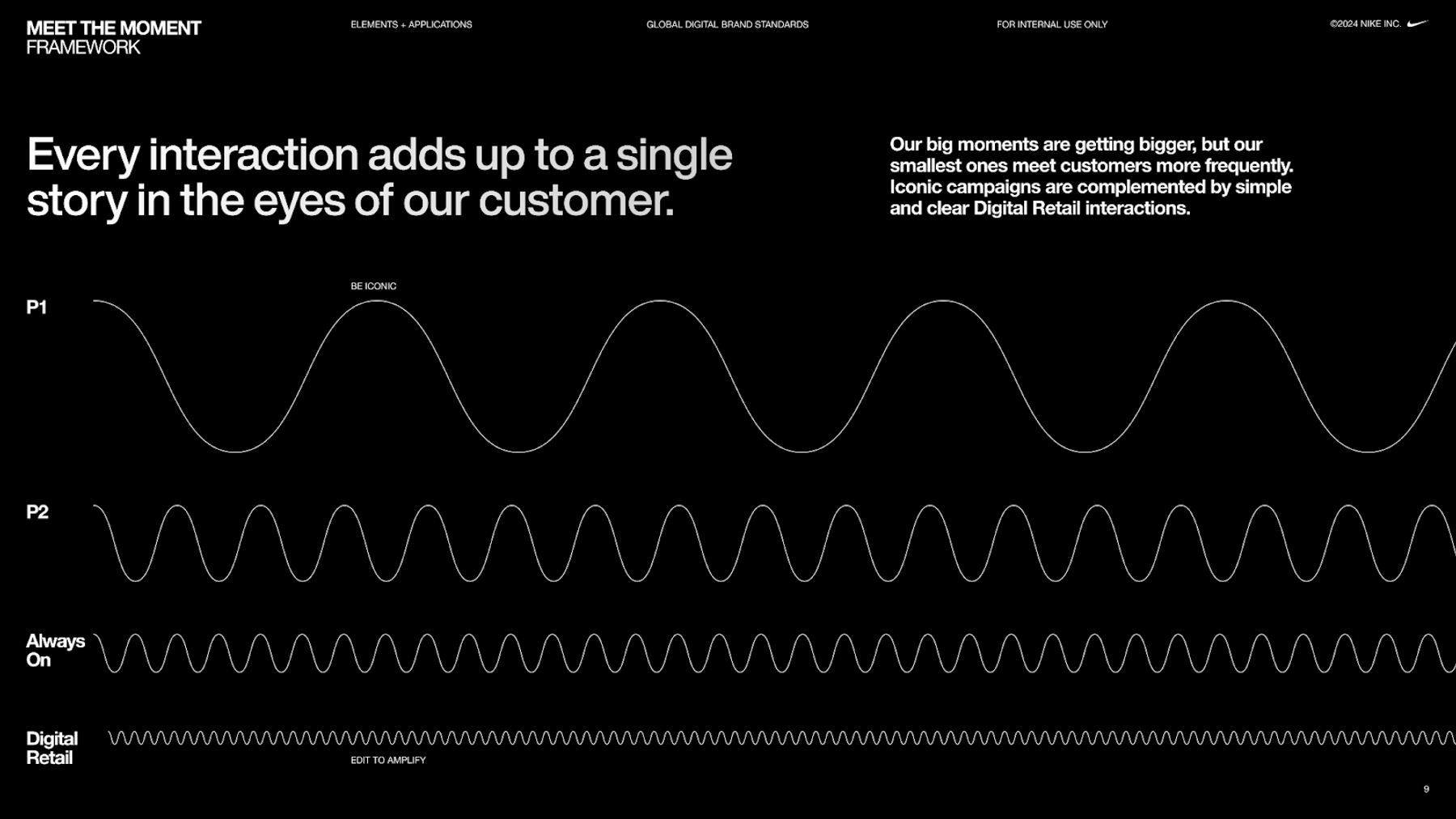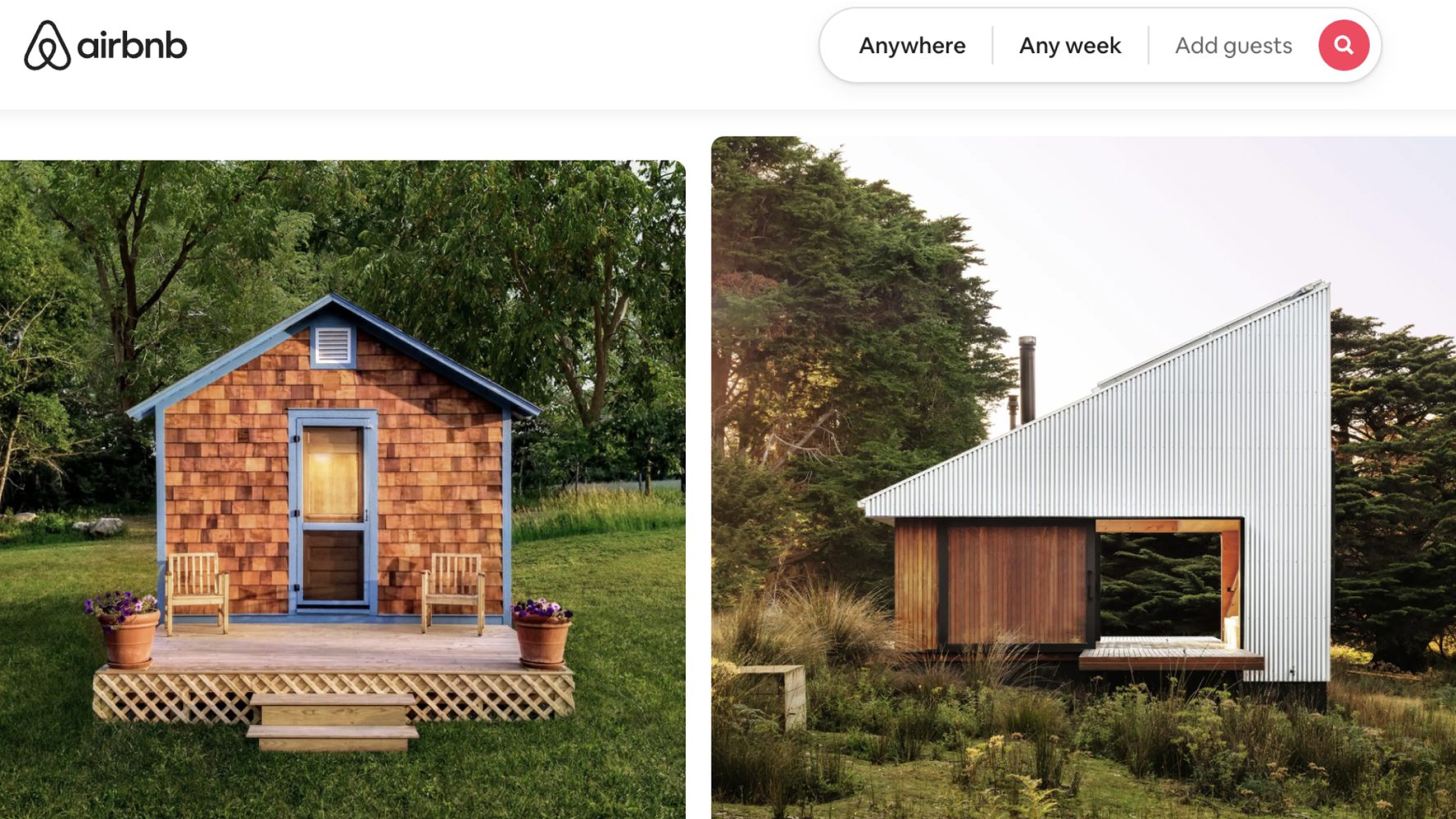Google was founded on the brand promise to “organize the world’s information and make it universally accessible and useful.” But is this the experience most people have today? Users find themselves lost in search results dominated by ads, murky AI summaries, and SEO-gamed content. It’s telling that users now add ‘Reddit’ to their queries in order to surface authentic responses. This disconnect between brand and product isn’t unique to tech giants. It’s happening everywhere, from retail leaders to emerging platforms. It’s a form of enshittification called platform decay, and it’s killing brands from the inside out.
Caught in the cycle of enshittification
Platform decay typically follows a predictable pattern. As described by Cory Doctorow in Wired:
Here is how platforms die: first, they are good to their users; then they abuse their users to make things better for their business customers; finally, they abuse those business customers to claw back all the value for themselves. Then, they die.
This happens when your brand isn’t aligned with your product development decisions. We believe that a product is the highest expression of a brand, because it’s what people interact with every day. And so the best products are the ones that look and act like their brand; they need to be completely in sync. But we often see brand and product teams operating in silos, sometimes even in opposition to each other. The brand gets trapped in the branding department, while product decisions are driven by a separate team with its own goals. Too often, those goals are founded on short-term metrics and growth hacking techniques with few guardrails, and departments only have time to think about how to get a user to click their link instead of another team’s.
This division degrades a product. Optimizations are effectively replacing the brand identity. But does that kind of optimization work…really? Maybe today it’s fine, but how do these optimizations serve your long-term goals? VC-backed companies, especially, can face stronger pressure for quick growth than legacy brands. And the inherent tensions of serving two-sided marketplaces make it especially tempting to skew towards the short-term. But the further your brand and product experience are out of sync, the greater the risk of disruption (someone coming along and doing a better job). This integration isn't just a nice-to-have—it's becoming essential for survival.
Could a company actually perform better if it stripped away the features that only serve the short-term? Instead executives often reach for superficial solutions like new logos or visual refreshes to keep a dying company alive. But these bandaids that can’t fix the fundamental misalignment between brand promise and product reality. Your brand is the way that your product works, not a color. (Although it’s worth noting that a rebrand can be leveraged to kick off a deeper process, with a cosmetic refresh functioning as a Trojan horse to interrogate product decisions.)
The solution isn’t about sacrificing business goals; it’s about continuing to find value in a brand and product that delivers on the needs of the user. There are rewards when a company maintains its discipline. Shopify furthered its brand by connecting seemingly disparate stores and services. The goal of their Shop Pay app may have been to expand market share, but the tactics serve users on all sides of the equation. Vendors can scale checkout solutions without replatforming, customers have a one-click checkout experience, and stores are boosted by traffic from the Shop Pay universe. We can also look to Pinterest, Uber, Airbnb, and Walmart—they’ve avoided enshittification so far.
Designing for brand integrity in a metrics-driven world
We partnered with a major e-commerce platform that was seeking a brand refresh—not a full redesign, but a way to bring their visual identity in line with a broader messaging shift. Their ask was fairly straightforward: apply the refreshed brand to the digital product. What they didn’t want were big visual or functional changes that might risk conversion or engagement. But we believed there was more opportunity. Rather than limiting our scope to surface-level updates, we worked with their team to identify moments across the customer journey where small but meaningful adjustments could bring their brand values to life.

Their north star was all about keeping commerce human—so we focused on decisions that reinforced values like humanity, quality, and originality. We introduced a framework that considered where the brand should be loud (like the homepage or discovery moments) and where it should recede into the background (like checkout or account settings). This helped guide consistent decisions that supported the user’s goals while still delivering on the brand promise.
Not every change was measurable in the short term—and that was part of the point. For example, instead of defaulting to a stark white background (which often performs best in A/B tests), we recommended a warmer, cream tone that felt more human and less transactional. We encouraged the team to optimize not just for clicks, but for long-term alignment with their values—avoiding the kind of short-termism that often leads to degraded experiences over time. The result was a product experience that felt meaningfully different, even though the functionality remained largely unchanged. It wasn’t just a reskin—it was a re-centering of what the brand stood for, expressed through thoughtful product decisions.
The solution isn’t about sacrificing business goals; it’s about continuing to find value in a brand and product that delivers on the needs of the user. There are rewards when a company maintains its discipline.
Making and marketing a product brand-right
These same principles can apply in a marketing context too. When we helped Nike address their platform decay, we didn’t create a new logo or change colors. Instead, we recentered Nike on what they’ve always stood for: sport.
The key insight driving the work was that while Nike excelled at high-level storytelling and creating iconic campaigns, most consumers experienced the brand through much smaller, more erratic touchpoints—emails, product pages, social posts. These touchpoints, full of undifferentiated product photography and disconnected messages, were undermining Nike’s premium brand promise. Nike didn’t want to look like generic retail; besides the logo on the clothes, there was nothing in some of their photography that was distinguishable from The Gap.

A roadmap out
Our realignment strategy focused on reestablishing cohesive brand standards across consumer moments. The iconic campaigns need to be complemented by simple and clear digital retail interactions. The work spanned from high-level strategy to daily consumer touchpoints:
- We established clear "from/to" guidelines showing the transformation from generic retail photography to dynamic athletic imagery
- We reworked major consumer moments across Nike’s calendar (back-to-school, holiday, summer gear-up)
- We developed city-specific activations that brought the global standard to life in places like Los Angeles
- We shifted Nike’s approach to storytelling from product-first to people-first narratives
With every touchpoint made "brand right,” bringing brand and product into alignment, Nike is building a stronger business model.
As an agency, our brand-through-digital approach helps us keep brand and product aligned. Since most modern brands are first experienced in digital spaces—that’s where many people encounter a brand, explore it, and figure out what it stands for—we build a new visual identity and rich brand by making the website first, then extending the system everywhere else. This has many advantages, but the biggest is that if the digital presence and brand are built together, they’ll be cohesive and powerful. This way an organization avoids the challenging work of eventually retrofitting a website to function as a brand instrument.
Longterm, the clients we see have the most success have a few things in common. They:
- Believe brand values aren’t there just for fun and nice feelings. They should be used to guide decisions and ground people in the same belief system as a company grows so teams can move forward in sync while acting autonomously.
- Structure teams to collaborate rather than compete. When we partner with clients, we bring designers, engineers, and strategists together from day one. This cross-disciplinary approach ensures that brand, marketing, and product decisions happen in conversation with each other.
- Don’t overlook the small stuff. While big brand moments matter, it’s often the small, frequent interactions that shape perception. Evaluate your product experience against your brand promise at every touchpoint.
Platform decay is inevitable without intention. And platform decay IS brand decay. The brands that thrive in the coming decade won’t just tell great stories—they'll build products that embody those stories in every interaction, large and small.
Further reading and related work:




